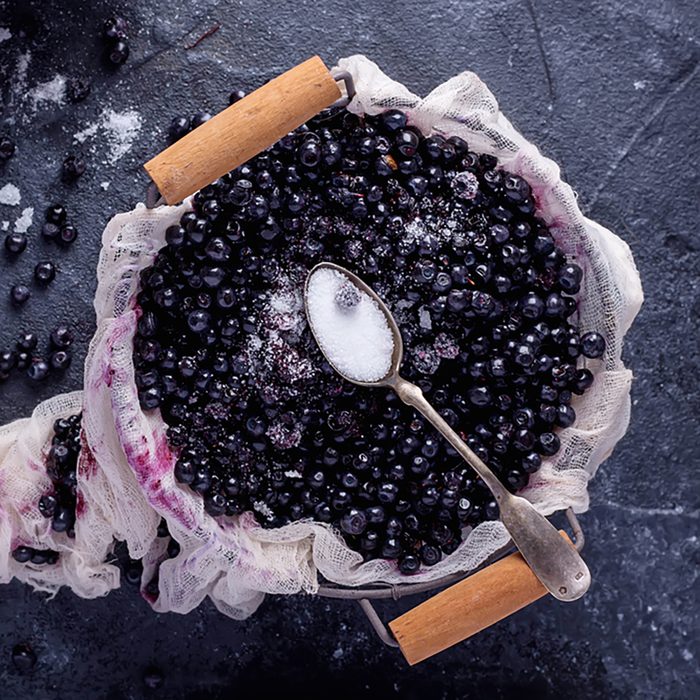
Wild Blueberries
The residents of Maine will have you know that wild blueberries are not the same as regular old blueberries. They’re smaller, sweeter, and firmer, and are picked by hand; they’re also one of three berries native to North America (along with Concord grapes and cranberries).
Wild blueberry season starts in early August, and you’ll find the sweet berries used in almost every kind of dish, from sauces to sandwiches to main courses to—of course—dessert. And yes, you can use “regular old blueberries” in recipes in place of wild, if you must. Try Heavenly Blueberry Tart, Wild Berry Freezer Jam, or Wild Blueberry Muffins.
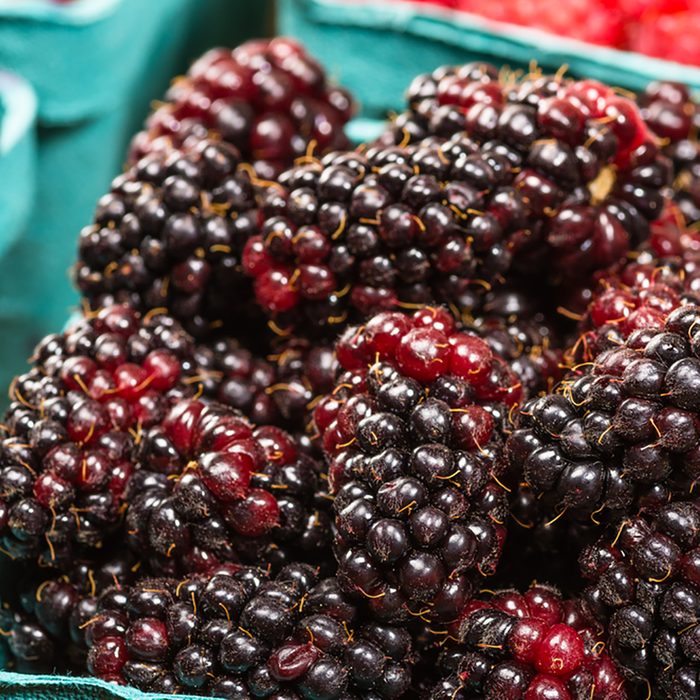
Marionberries
Oregon produces roughly 30 million pounds of marionberries every year, and ships virtually none of them out of state, so it’s not surprising they’re little known outside the region. A hybrid, the marionberry gets its name from Marion County, Oregon, where it was first tested. This “King of Blackberries” is a particularly firm, sweet and juicy version of a blackberry.
They freeze well, so if you can’t make it to Oregon in July and August (when they’re in season) you can taste them year round in pies, crumbles, muffins, jams…any way a blackberry might be used. You can make Oregon’s Best Marionberry Pie with blackberries; but you’ll have to call it something else. Also, find out how to pick blackberries that are perfectly ripe.
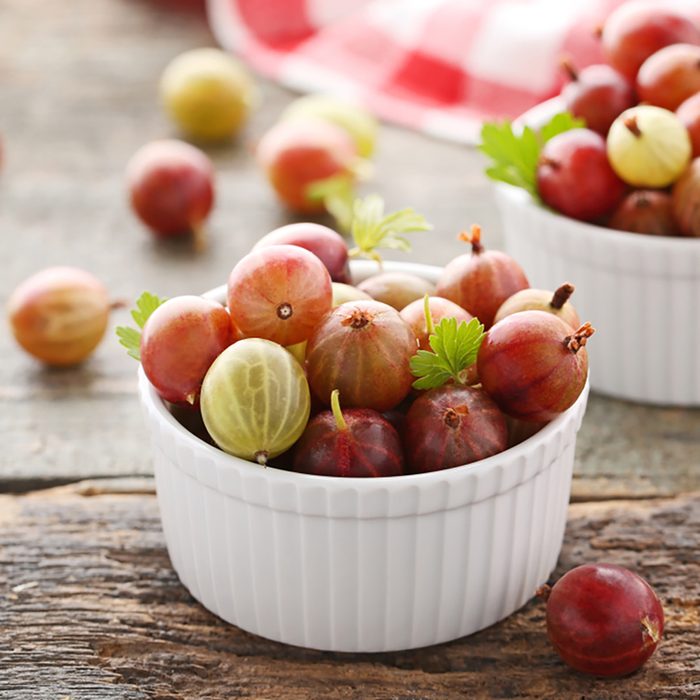
Gooseberries
There’s a reason Gooseberries aren’t very widely grown in the U.S.—for a long time, they were banned here to contain a disease that affected North American white pine trees. The federal ban was safely lifted in the 1960s, and now they can be found on local farms and in farmer’s markets, depending on state law.
Look for these berries in the cooler parts of California and in the South. Pink or red when ripe, American gooseberries are sweet, with a sour note—they need to be sweetened when cooked, and are great in combination with other, sweeter berries, such as strawberries. If this sounds familiar, it’ll be no surprise to know that they’re often used in place of rhubarb in recipes. Try making Gooseberry Dessert, or Gooseberry Chutney.
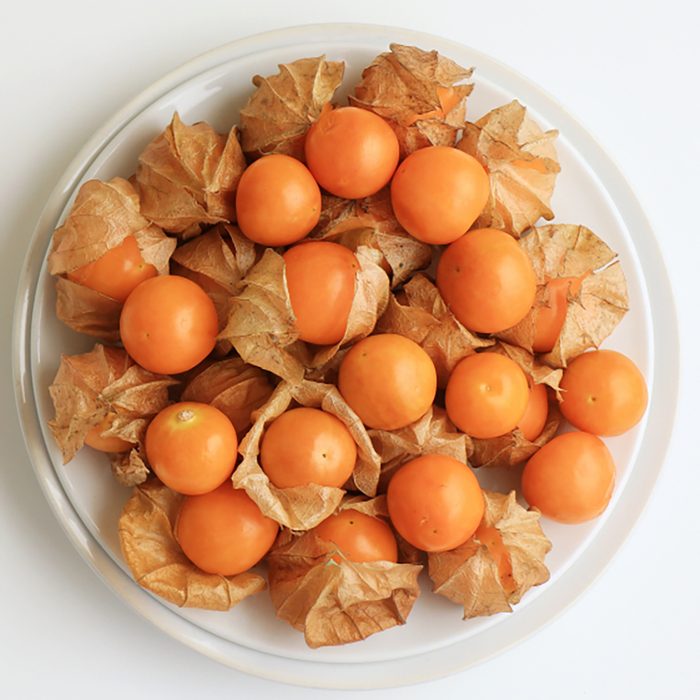
Cape Gooseberries
No relation to the Gooseberry, the Cape Gooseberry is actually a cousin of the tomatillo. You’ll find these in Hawaii, and along the coast of southern California; peak season is late summer and early fall, but they never go completely out of season in the warm, sunny climates. They’ve been described as a cross between cherry tomato, pineapple, mango and Meyer lemon, which gives a clue to their versatility—they can be used in salsas, pies, jams, salads…or just eaten on their own.
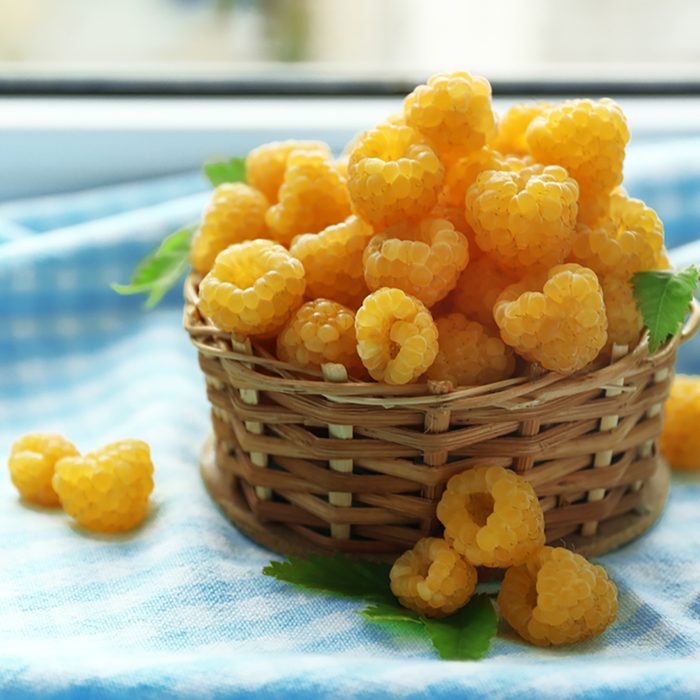
Golden (or Yellow) Raspberries
Raspberries aren’t a region-specific thing, but colors other than red are lesser known, and deserve a spotlight. These berries are members of the same family as roses, so maybe it should be expected that they come in different colors. Yellow raspberries (also called golden raspberries) show up at farmer’s markets throughout the summer. They have a milder, more delicate flavor than red raspberries, and do better with other delicate flavors. Try muddling them in a summer cocktail, or using fresh berries to top a dessert or a gorgeous summer salad.
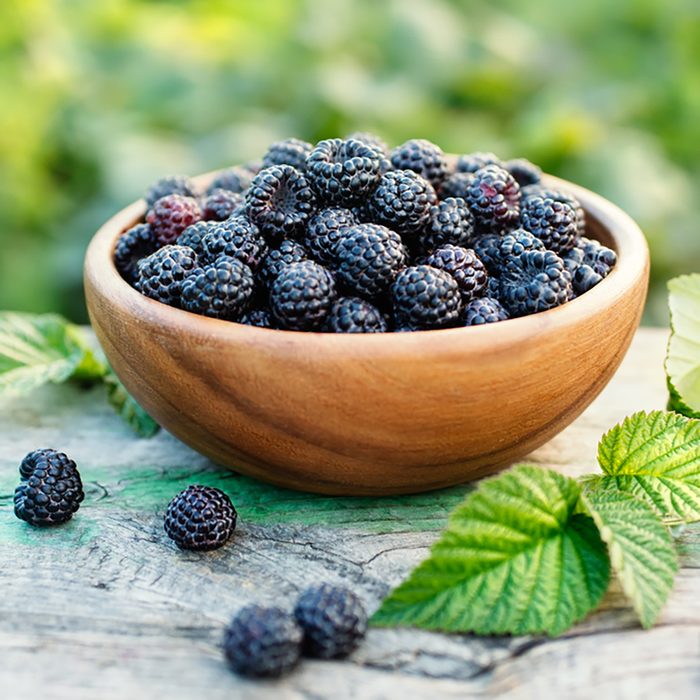
Black Raspberries
As long as we’re talking raspberries, here’s a shout out to the black raspberry. They’re smaller than red raspberries, with a more intense flavor—for black raspberry fans, there’s simply no comparison. The berries grow all over, but don’t hit the markets mostly due to a blink-and-you’ll-miss-them season. Black raspberries are ripe for only a couple of weeks in July, and then are gone. Luckily they make good pies and jams, so you can keep the flavor year round—if you can keep yourself from eating them by the handful when they’re fresh! Black and red raspberries can be used in the same recipes. Try Black Raspberry Dumplings or a Black Raspberry Bubble Ring.
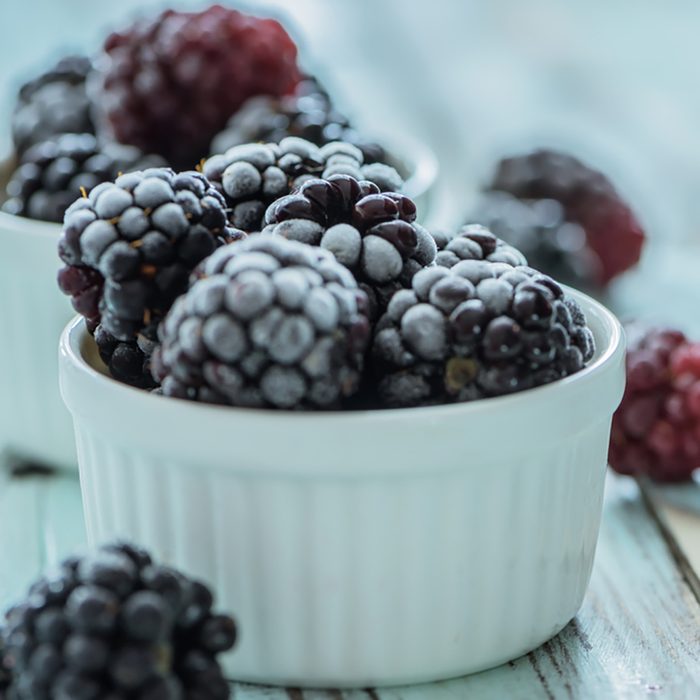
Dewberries
While dewberries can be found growing wild throughout North America, it’s in the south—especially North Carolina—that people pay attention to them, harvest them, and use them to make delicious food. The season runs late June through July, during which time they’re baked into pies and cobblers. (Don’t miss our best recipes!) They’re closely related to blackberries, and have a tart, intense blackberry flavor; you can make blackberry recipes with dewberries, and vice-versa.
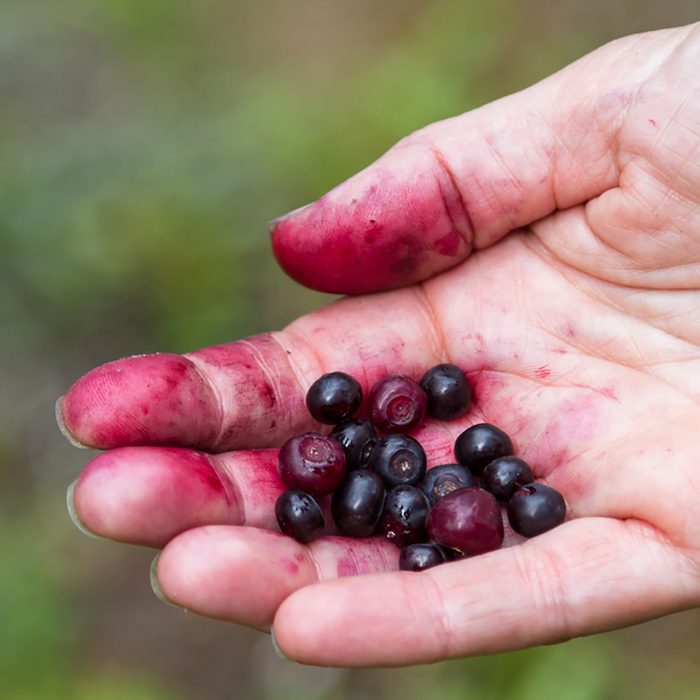
Huckleberries
If you live outside the Northern plain states, you might have never tasted a huckleberry. But if you live in Idaho or Montana, you’re drowning in huckleberry pie, huckleberry ice cream, huckleberry pancakes (they’re really good in pancakes)…huckleberry everything by the time the season ends in mid-fall.
The intensely purple, sweet/tart berries are the definition of a regional specialty. Attempts to domesticate them or transplant them from their native areas have failed. They can be hard to get—they grow in remote areas, have to be picked by hand, and are a favorite of local wildlife, especially grizzly bears. Given that you don’t want to face down a grizzly bear for a handful of berries (no matter how delicious), you might want to use blueberries in your recipes instead.
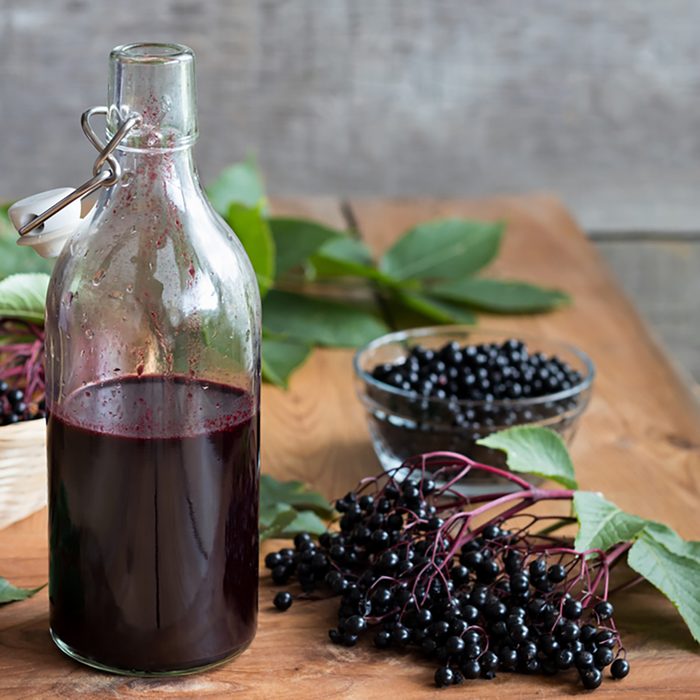
Elderberries
Tiny, nearly black elderberries are found east of the Rockies, and are in season in August and September. The berries are too astringent for eating raw, but have a lovely floral flavor when cooked, and show up in baked goods, jams, syrups and wine. The flowers are edible, too (if you’re a fan of elderflower liqueur in your cocktails, you know how delicious they can be). However, stay away from all other parts of the plant—the leaves, stems and branches are mildly toxic. Try a Rhubarb-Elderberry Crisp or a Three Berry Pie, or use the flowers to make a lovely Elderberry Blossom Tea.
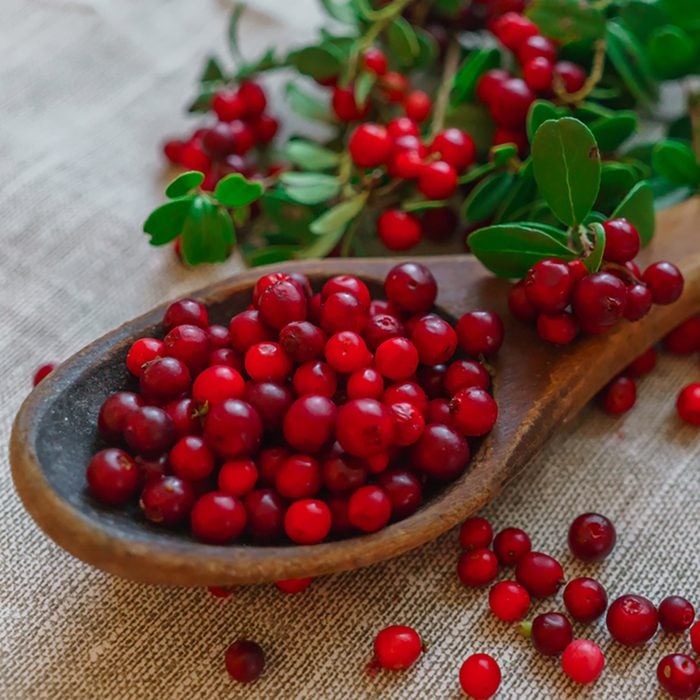
Lingonberries
Lingonberries are so firmly associated with Scandinavian culture (thank you, IKEA), some may be surprised to learn that they grow in the States as well. Also known as mountain cranberries, these tart, red berries (they taste like a sweeter version of a cranberry) appear in the cooler regions: the Pacific Northwest, Minnesota, New England and Alaska. Lingonberries are closely related to cranberries and blueberries, and you can do swaps—although the resulting flavors will be vastly different!
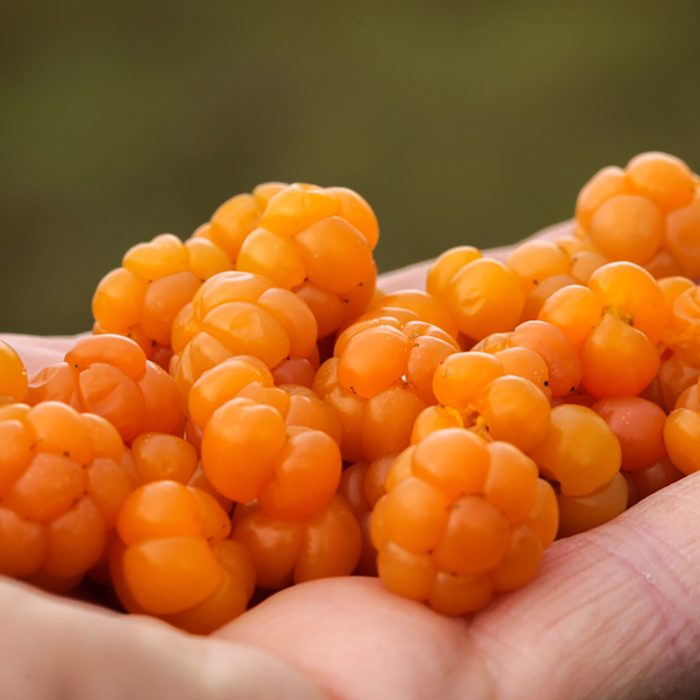
Cloudberries
Another Scandinavian treat, cloudberries grow in a handful of northern states—Alaska, Maine, Minnesota, New York and New Hampshire. The plants are rare and the berries are delicate, which adds up to them being very hard to find even in the regions where they grow. Check farmer’s markets in late August and early September. The incredibly juicy berries are as versatile as raspberries or blackberries; they can be eaten raw, made into preserves or sauces, or baked into an endless array of pies, muffins or tarts.
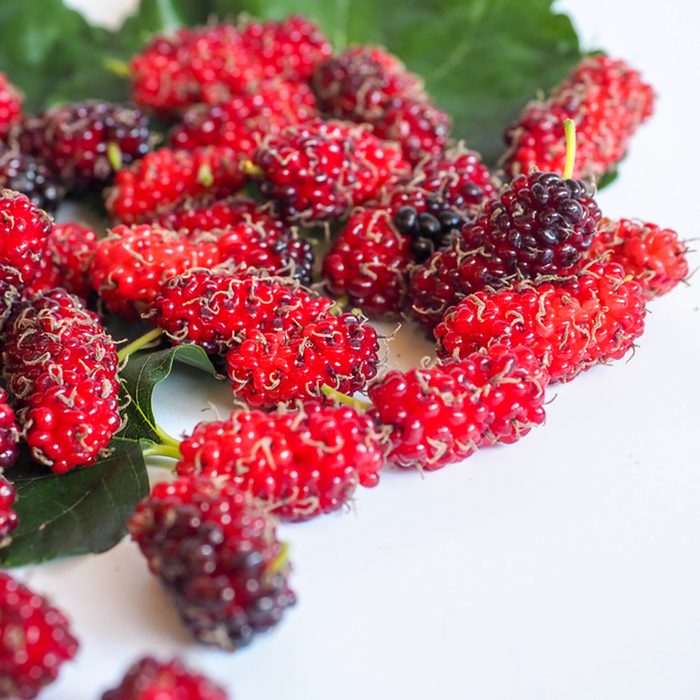
Mulberries
Red mulberries (not to be confused with black mulberries) grow in the eastern United States, from New England to the Gulf Coast. They’re larger and sweeter than blackberries, with an elongated shape, but the two are easily exchanged in recipes. Berries are ripe for picking from late June through the end of the summer, but don’t keep well, so bake them into a pie or make them into ice cream as soon as possible. (They also make nice wine!)
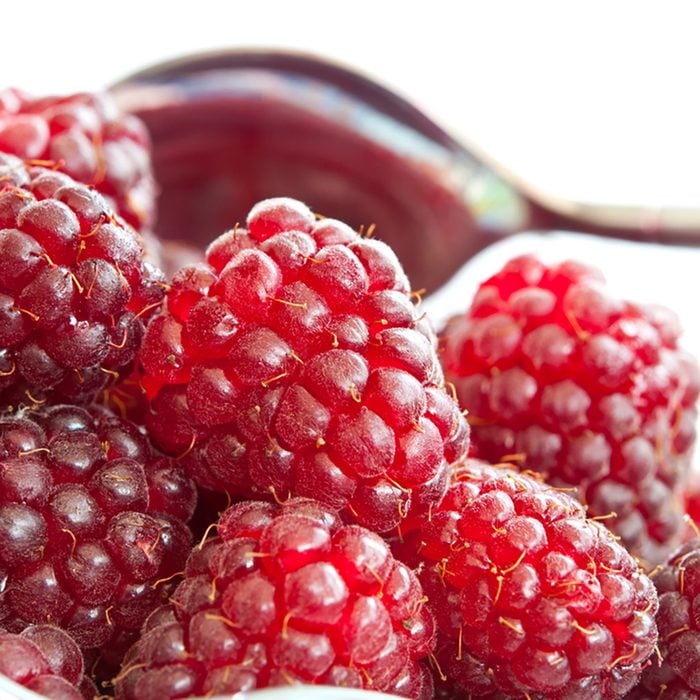
Loganberries
A hybrid of a blackberry and a raspberry, the loganberry got the appearance of one, the color of the other, and the taste of both blended together. Found in the Pacific Northwest, the loganberry hasn’t hit it big outside the area because it’s highly perishable and doesn’t ship well. So make the most of it when you’re in the area—it can be used in any recipe you’d make with raspberries or blackberries. To get closest to the taste of a real loganberry, use a mixture of both.
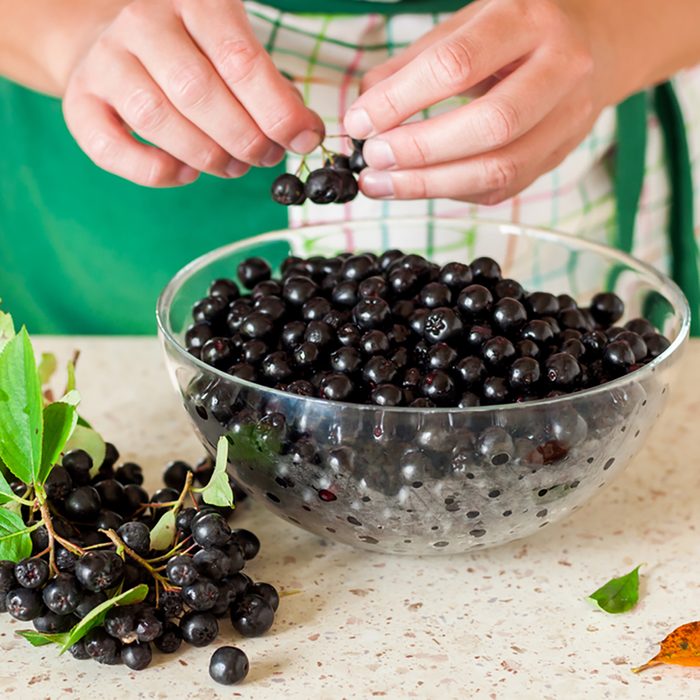
Chokeberries
Found in the Northeastern U.S., chokeberries are becoming more widely known under their Latin name, aronia berries. This bit of branding is likely to prevent confusion with chokecherries, the state fruit of North Dakota (and as a cherry, rather than a berry, not on this list). The berries are a bit sour—while they won’t actually make you choke, as their name suggests, they’ll probably make you pucker up—and so are rarely eaten raw. You’re more likely to see them in jams, syrups, salsas and sauces than in baked goods. If you don’t have chokeberries, you can use blueberries.
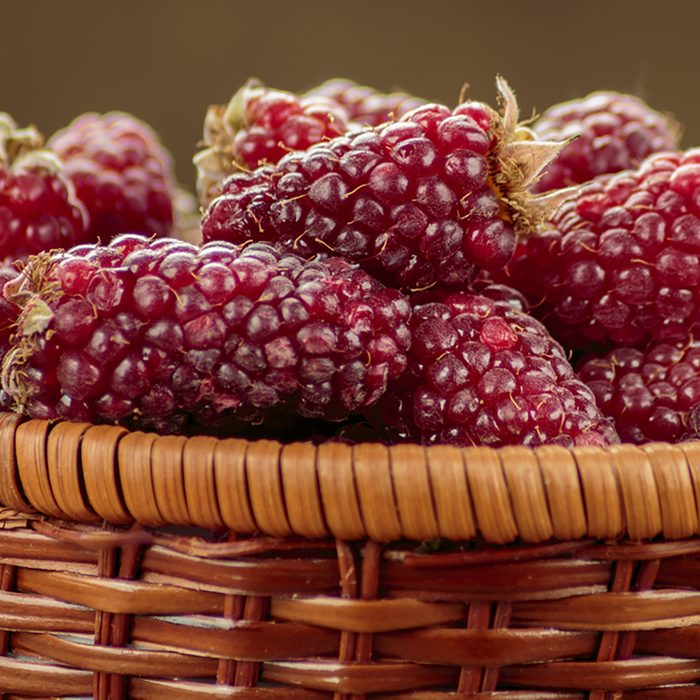
Tayberries
Like black raspberries, tayberries are another get-‘em-while-you-can berry; they’re available for only a couple of weeks in July. The tayberry is a Scottish invention, a cross between a raspberry and a blackberry, and was named after the river Tay in Scotland. In the United States, they’re grown in California. They make great jams, jellies and pies due to a high pectin content. They can be used just as you’d use a blackberry, but they’re sweeter, so you’ll want to cut back on the sugar!
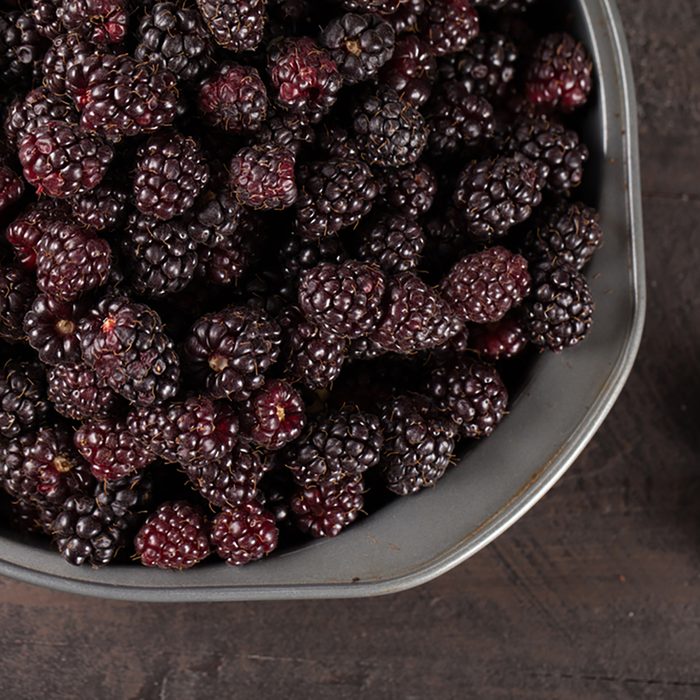
Boysenberries
Many people in the United States first tasted boysenberry thanks to Dannon; the company made it one of their flavors when they brought yogurt into the mainstream in the 1970s. But the somewhat obscure berry is a real berry, the result of crossing a blackberry with a loganberry with a red raspberry. The dark, sweet berry is a favorite for pies and cobblers, jams and jellies. It doesn’t travel or store well, so the best place to get them is where they grow—along the Pacific coast, from southern California to Oregon. Use the berries in a Big Dutch Pancake, syrup in a sweet summer shandy, and boysenberry preserves to make Butter-Filled Ribbon cookies.
